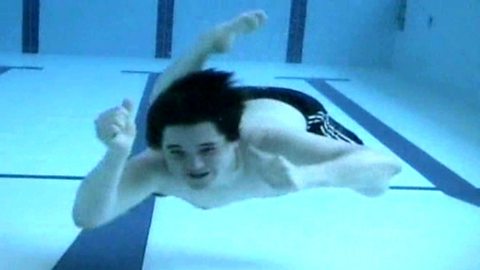Wave power, hydroelectricity and wind farms
Description
On the Isle of Islay, a 250 kW wave-powered generator produces enough electricity to power 500 homes. It is clean and renewable and uses no fossil fuels. Out to sea, floating on the ocean surface is the Pelamis, an alternative wave-powered generator that also produces electricity. Renewable energy makes the most of what nature has to offer. Scotland produces hydroelectricity and has some large wind farms.
Note: aspects of this programme reflect the time when it was made т Scotland now has numerous windfarms.
Classroom Ideas
As a starter activity, students could work in groups and race each other to locate the island of Islay in an atlas, and mark this on a team map.
Students could go on to devise a simple key for other sources of renewable energy such as wind, hydroelectricity, wave power and so on. Provide students with information about the weather in different parts of Scotland, and challenge them to guess where wind farms and hydroelectric plants have been located. Where would the best place for a solar powered village be? What about a tidal power station? As in the starter activity, students could work in groups to try to guess the location of different renewable energy sites around the UK. Before the answers are revealed, each team could justify why they have chosen the sites they have.
Students could extend their research by looking at other countries that invest heavily in renewable energy. Students could use this information to write a letter to the Government to try to convince them to switch to one form of renewable energy in their local town or nearby village.
Sustainability
Now playing video 5 of 5
- 2 of 5
3:51